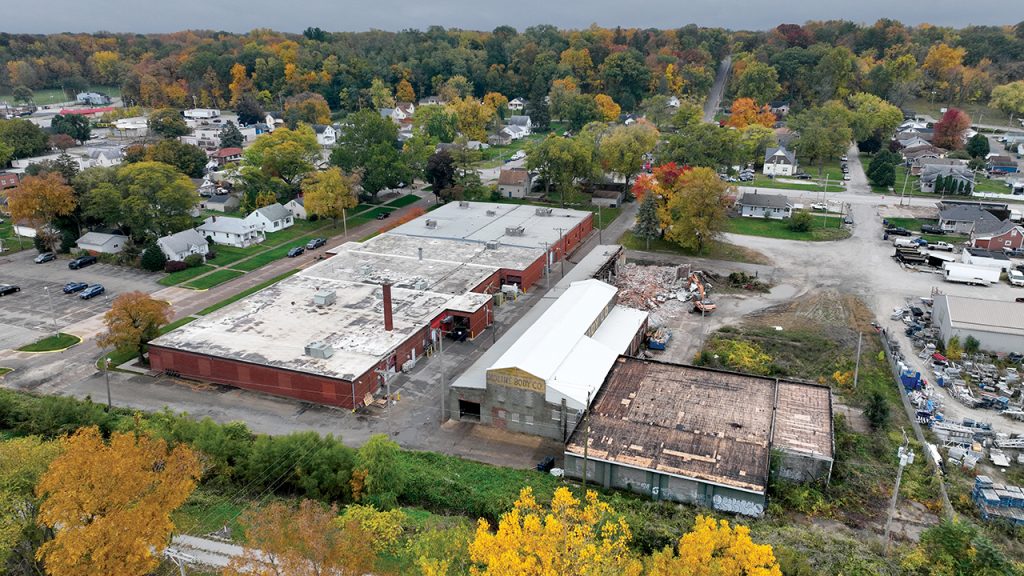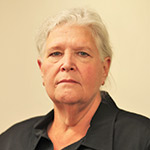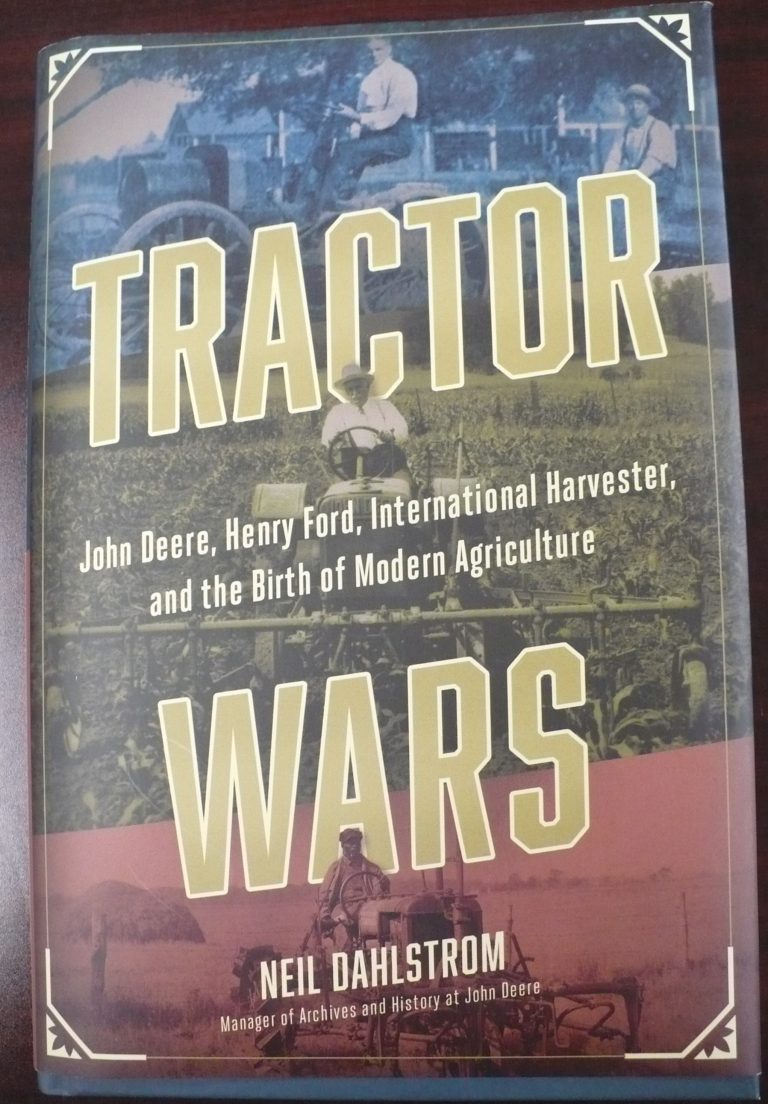
The Moline Body Co., the central building in the photo at left, is one of a handful structures demolished to clear the site, at right, for Parr Instrument’s new manufacturing building. Parr’s existing brick building will be remodeled. CREDIT RUSSELL
Parr Instrument Company has been rooted in the Quad Cities for more than a century and its products have helped researchers change the world since 1899.
As the historic company celebrates 125 years and prepares to break ground on a major expansion and equipment upgrade, Quad Citians are waking up to the quiet manufacturer’s rich history. And thanks to the site preparation…

Want to Read More?
Get immediate, unlimited access to all subscriber content and much more.
Learn more in our subscriber FAQ.
Do you want to read and share this article without a paywall?







